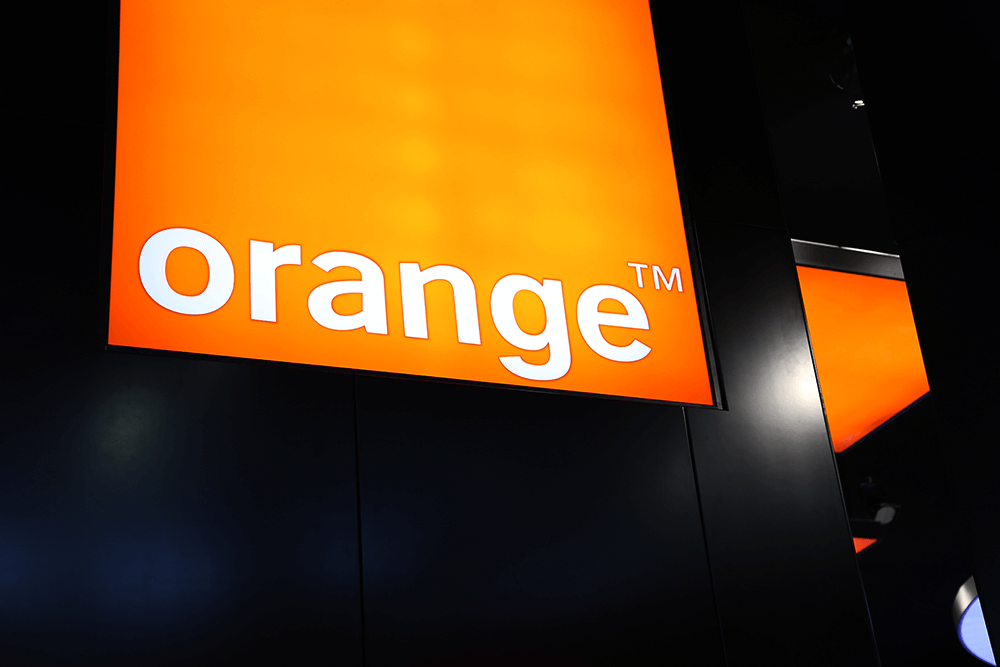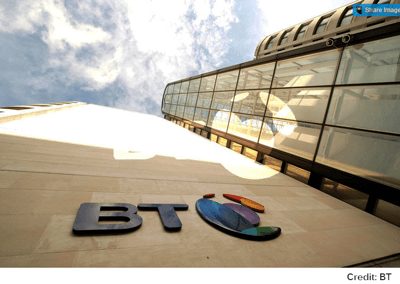The total number of searches in the U.S. conducted across approximately 60 search engines grew 55 percent year-over-year to nearly 5.1 billion searches in December 2005, according to new figures from Nielsen/NetRatings. Google experienced a five-point gain in search share rankings during this period.
While the number of searches conducted online swelled, the number of people connecting to the Internet rose a mere three percent to 207 million people in the U.S.
“The double-digit increase in online search activity marks a significant milestone in the evolution of Internet consumer behavior,” said Ken Cassar, senior director of analytics, Nielsen//NetRatings.
Google accounted for 49 percent share of all searches in December 2005, Yahoo! delivered 21 % of searches and MSN came in at 11%.
http://www.nielsen-netratings.com










